News
Aug. 30, 2022
There are many car owners who don't consider brake maintenance a priority - until there's a problem. Don't make this mistake. When you press the brake pedal, a complex network of parts comes into play. In order to keep the system functioning properly, certain components must be replaced on a regular basis. Of these components, the one you will probably replace most often is the brake pad.
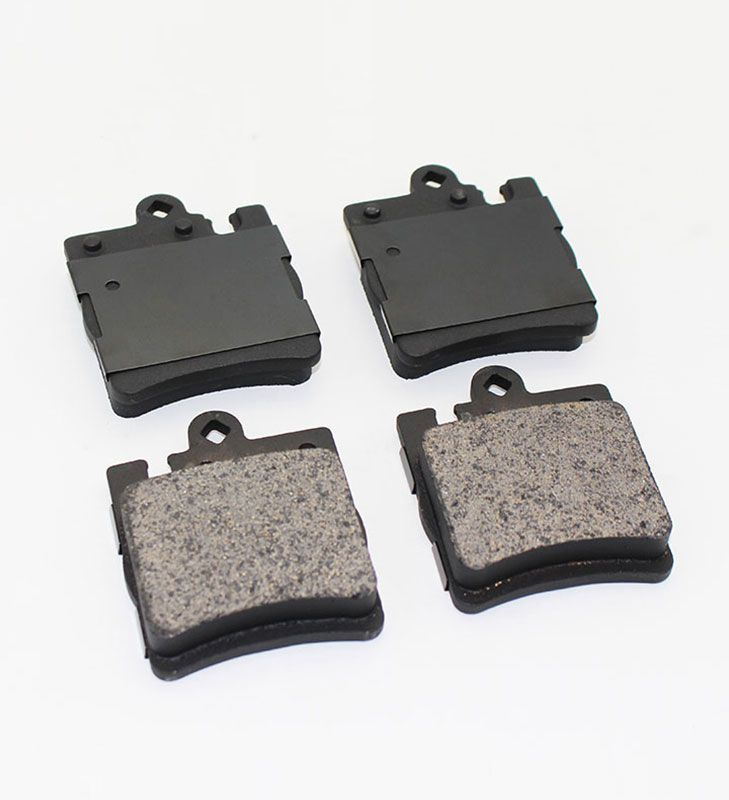
Brake Pad
In most modern cars, the front two wheels have a brake unit that relies on what are called rotors: metal discs behind each wheel. On top of each one is a clip-like device called a caliper. When you depress the brake pedal, the caliper begins to close, squeezing the rotor from both sides. This action creates friction, causing the wheels to spin more slowly until they come to a complete stop.
Brake pads are the removable surfaces that the caliper uses to make contact with the rotors during this process. These brake pads do not last forever. (There are no car parts.) The aforementioned friction will inevitably wear them down over time. Let the brake pads get too thin and your brakes will not work as well as they should. To be on the safe side, you must install new brake pads at the first sign of a problem.
If you notice any of these five red flags, ask your auto repair store to replace your old brake pads as soon as possible.
Imagine this: You're driving out with the radio off and the windows rolled up. In relative silence, you hear a faint scraping, squealing or buzzing sound. You also observe that the mysterious noise disappears whenever you apply the brakes, only to reappear when you take your foot off the brake pedal. What's happening here?
Today, most (but not all) brake pads come with built-in "wear indicators". The sole purpose behind these things is to make that unpleasant squealing sound you just heard. The wear indicator is a metal piece located near the top of a typical brake pad. When the pads themselves are worn to a dangerous level, the indicator will scrape against the rotor. This produces a distinctive harsh noise that warns the driver that his or her current brake pads are in danger of completely eroding away.
In some cars, the brake pads fit snugly into a special fixture. Other vehicles use clips, bolts or pins to keep them stable. In any case, the common goal behind these designs is to prevent the brake pads from wobbling. If they come loose in some way (probably after part of the surrounding hardware is damaged), they start to rattle. Then, every time the brake pedal is depressed or released, they will click.
There is a name for this problem, and that name is "brake fade". Usually, this is a direct result of intentionally applying the brakes over a long distance without bringing the car to a complete stop. Sometimes this operation may be necessary, especially when driving down hills or on winding roads. But if this is something you do regularly - for example, if you live in a hilly area where you have to go downhill a lot - it can take a toll on your braking mechanism over time. By forcing the brake pads into uninterrupted contact with the rotor for a long time, both parts get hot. In the process, their ability to generate the required friction with each other decreases over time. As a result, you may find that your car does not come to a complete stop as quickly as it used to.
Your vehicle's brake pads will not always wear at exactly the same rate. Sometimes, one side will get leaner faster than the other. If this happens, once you apply the brakes, the car may pull slightly to the left or right. By not checking for this problem, you're putting unnecessary stress on your steering rack (plus your vehicle's ball joints, steering knuckles and wheel bearings). Don't take any chances: have a mechanic investigate the problem immediately.
Note that brake pads may not necessarily be the cause behind this particular symptom. It could also stem from other problems, such as uneven tire pressure, a faulty wheel bearing or a faulty brake caliper. That said, if unevenly worn brake pads are really the culprit, then two new sets should be installed in one session.
Does the brake pedal shake violently when you step on it? Your brake pads may be causing problems. Brake pads are usually held together with an adhesive resin. As each brake pad wears, this adhesive gets hot and coats the rotor. Ideally, it will form a layer that is evenly distributed over the surface of the disc. But if the brake pads get too hot, the resin may not be evenly distributed. Mechanics call this problem "vitrification" and it causes the brake pedal to vibrate.
A pulsating brake pedal is not trustworthy. If this problem is not addressed, your ability to brake safely may be compromised. When it comes to brake pad maintenance, be safe and don't delay. Contact us for new brake pads.
Related News
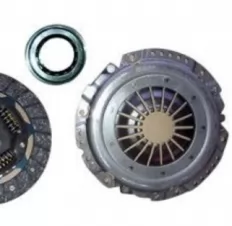
Function and Characteristics of Automotive Clutch
Jun. 28, 2023
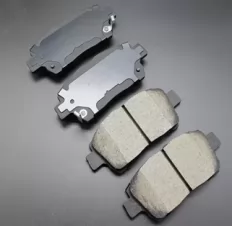
Brake Shoe vs. Brake Pad: What's the Difference?
Jun. 16, 2023
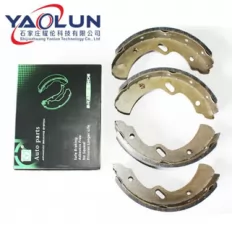
Common Signs of Worn-out Brake Shoe
May. 26, 2023
Product Categories
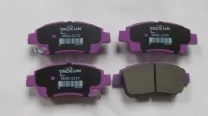
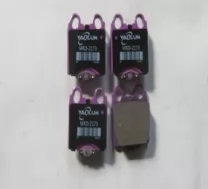
Brake Pads MKD2173 LEXUS,TOYOTA GS,IS,SC,Crown,Majesta, Royal 1jz ,2jz,1G 1997-2011 REAR
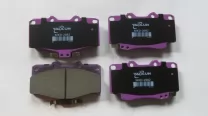
Brake pads MKD2082 TOYOTA L/C 1990-1998 Lexus LX450 1996-1997 FRONT
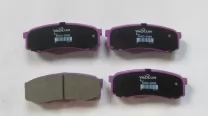
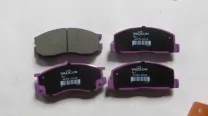
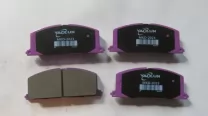
Brake pads MKD2023 Toyota AE90/100/110 Caldina,Carina,Corolla,corona front 1998-2002
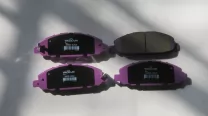
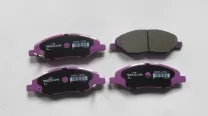
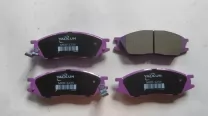
Brake pads MKD1233 NISSAN Almera II CC 1.5,1.8,2.2 2002 Front
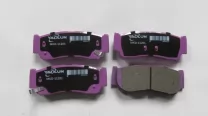
Brake Pads MKD-11201 HYUNDAI SANTA FE CC 2.2,2.7(HUATAI)front
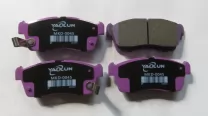
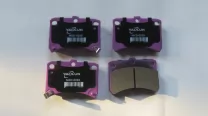
Brake pads MKD-0038 DAIHTSU Cuore VI(L7),Hijet, PERODUA,1998-2003
Navigation
Subscribe To Our Newsletter
Stay in touch with us to get latest news and discount coupons